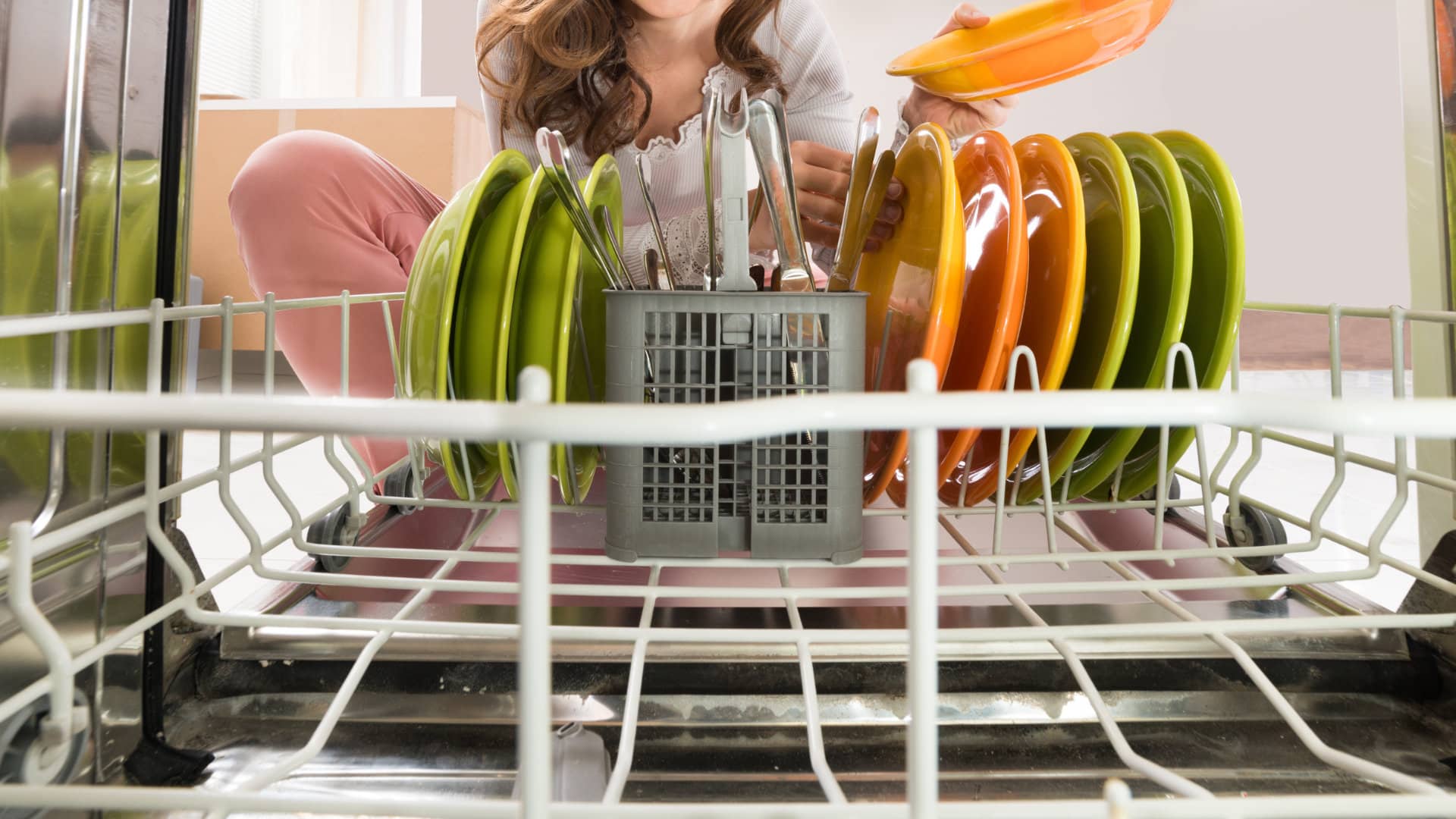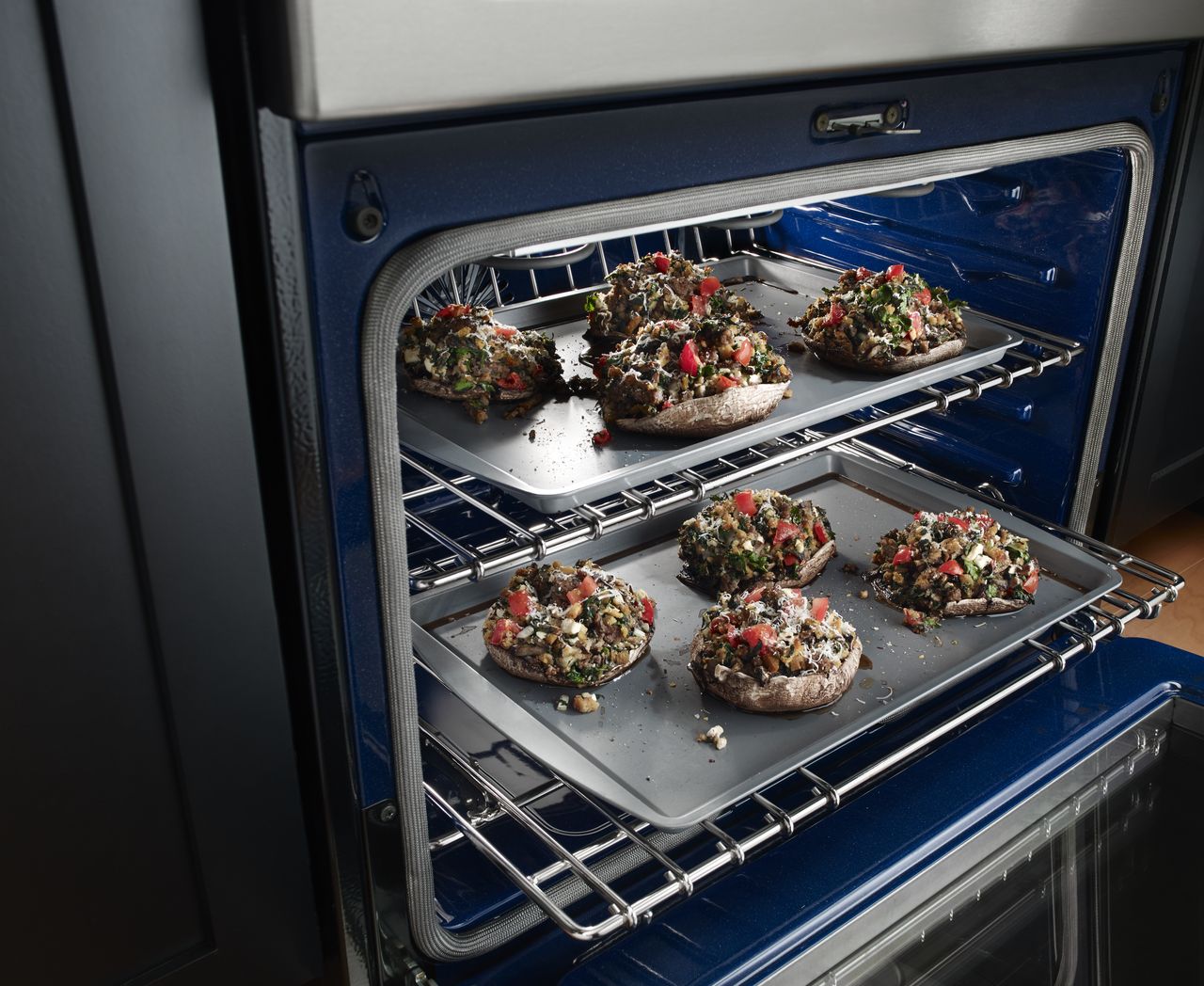
Replacing a convection fan motor is somewhat basic for most oven repair. This tutorial, however, pertains specifically to the KitchenAid Double Oven Electric Range, model #KFED500ESSOR. Before we examine how to remove and replace the convection fan motor, we should discuss a few dynamics of the convection oven style of cooking that you may or may not know.
What is a Convection Oven
The convection oven differs from the conventional oven in that it includes a fan, and in many models, an extra heating element, whose primary purpose is to evenly disperse heat throughout the oven.
The conventional oven, as you know, because we’ve all been using them for years, usually has two heating elements to heat up the oven berth. One element is located on the top, with the other element positioned on the bottom.
The convection oven with its fan and extra heating element maintains a more even temperature throughout the cooking process. Because heat is distributed more evenly, food cooks faster at lower temperatures.
The advantages of cooking food with a convection oven far outweigh any disadvantages you may encounter.
Advantages of Cooking With a Convection Oven
- Cooks food about 25% faster
- Cooks food evenly
- Maintains a consistent temperature
- Won’t allow a transfer of flavor from one food to the next
The following foods cook better using the convection style of cooking
- Roasted vegetables are crispy on the outside and moist and tender on the inside
- Casseroles
- Multiple pans of cookies
- Roasted nuts and/or granola
- Seals moisture in beef, pork, poultry, and fish by quickly browning exterior surfaces
Disadvantages of Cooking With a Convection Oven
- Fan might be louder in some models although this is very rare these days
- Usually pricier than its conventional counterpart
- One more part that at some point may require additional maintenance or replacement
- Fan may blow tin-foil or parchment paper around the oven interior
- Baked food may not rise in the manner you expect
The following foods should not be cooked in a convection oven:
- Custards
- Souffles
- Flans
- Quick breads
- Cakes
Any baked food that begins as a batter should not be cooked using the convection oven. There is a risk that the fan will blow the batter around and cause your batter-based desert to cook lopsided. Cookies cook up great, however, and you can shove as many pans as you have racks to accommodate them.
Pro Tip: Don’t overcrowd the oven interior when using the convection mode of cooking. If you have three or four racks in your oven, by all means use all of them. But don’t try to cook so many items that prevent good air flow. You’ll be defeating the purpose of the convection oven.
How to Replace the Convection Fan Motor
If the reason your oven is not working is because of a malfunctioning convection fan motor, then read the following for detailed instructions on how to replace one.
- Unplug the oven from its power source
- Pull the range away from the wall for access to the rear panel
- With a Phillips screwdriver or ¼ inch nut driver remove the screws that hold the upper brace in place
- Set the brace aside and then remove all the screws that secure the rear panel
- The edges of the panel are sharp, so carefully lift the panel up and away from the slots located at the bottom of the range
- Lift the front of the range and support it in the middle with a couple of blocks of wood or a brick
- Remove the two screws located at the bottom of the door that hold the retaining bracket in place
- Now open the oven door, locate and remove the screws that are holding the upper bracket in place
- Rotate the hinge locks away from the range
- Loosen the brackets and then use a piece of masking tape to secure the brackets to the door
- Close the door to about a 45-degree angle and then carefully lift and remove the door from its slots. Set aside on an old piece of carpet or cardboard
- Remove the blocks of wood or brick and carefully lower the range
- Remove the oven racks and set them aside
- With a Phillips screwdriver, remove the screws that hold the convection oven fan fable in place. Be careful of any sharp edges
- Use a ½ inch box wrench to loosen the blade nut clockwise to remove the fan blade
- Use a #2 drive bit to remove the three screws that secure the fan motor in place
- Now, go to the rear of the oven and disconnect the wire connector from the convection fan motor
- Remove the fan motor
- Locate the plate and insulation and remove them from the old motor
- Transfer the plate and insulation to the new replacement motor
- Reconnect the wire connector to the new motor
- Position the new motor in the vacant hole in the rear panel
- Recruit someone to help hold the motor in place while you return to the front of the range
- Rethread the three drive bit screws to secure the motor in place
- Line up the fan blade and using the ½ inch box wrench tighten the nut in place. Do not over tighten
- Reposition the baffle and secure in place
- Replace the oven racks
- Support the range with the 2 blocks of wood or brick you used to hold up the range when you removed the door
- Reposition the oven door by lining up the hinges in their appropriate hinge slots
- Remove the tape holding the retaining brackets and secure the brackets to the front of the range
- Rotate the hinge locks forward securing the oven door in place
- Tighten down the bracket screws and close the door
- Replace the two lower screws
- Remove the blocks of wood and carefully lower the oven to the floor
- Replace the rear access panel in its appropriate slots located at the rear bottom of the range
- Replace and ensure the screws are tightened to secure in place
- Replace the rear access panel and replace tighten its screws in place
- Plug the range back into its power source
If you would normally bake roast beef at 350 degrees, now you can bake it at 325 degrees. If that same roast would normally take 60 minutes to cook, reduce it by 25% and cook it for 45 minutes.
Reach out to us if you need assistance with this or any other appliance repair.
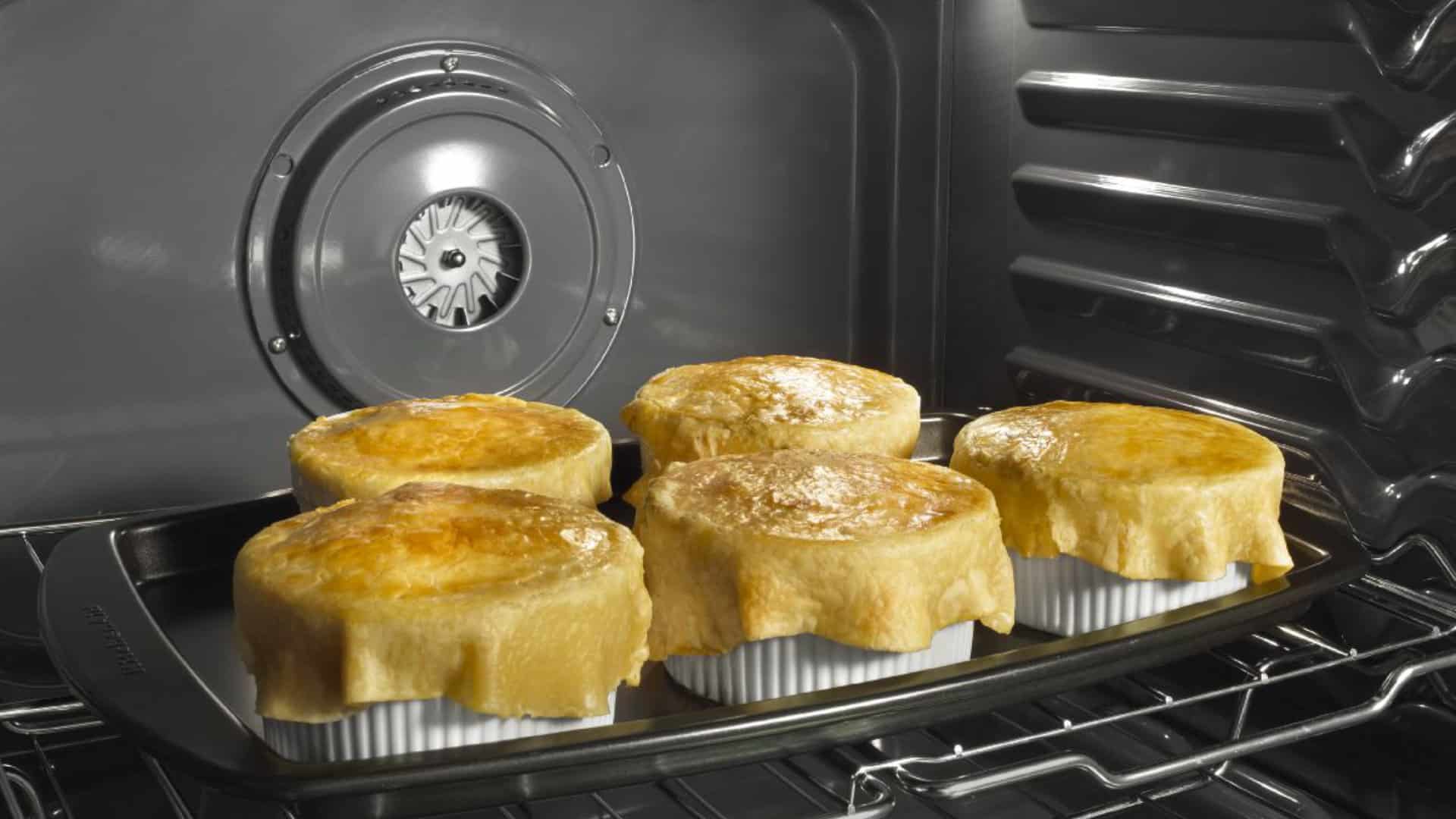
How to Fix Whirlpool Stove F9 Code
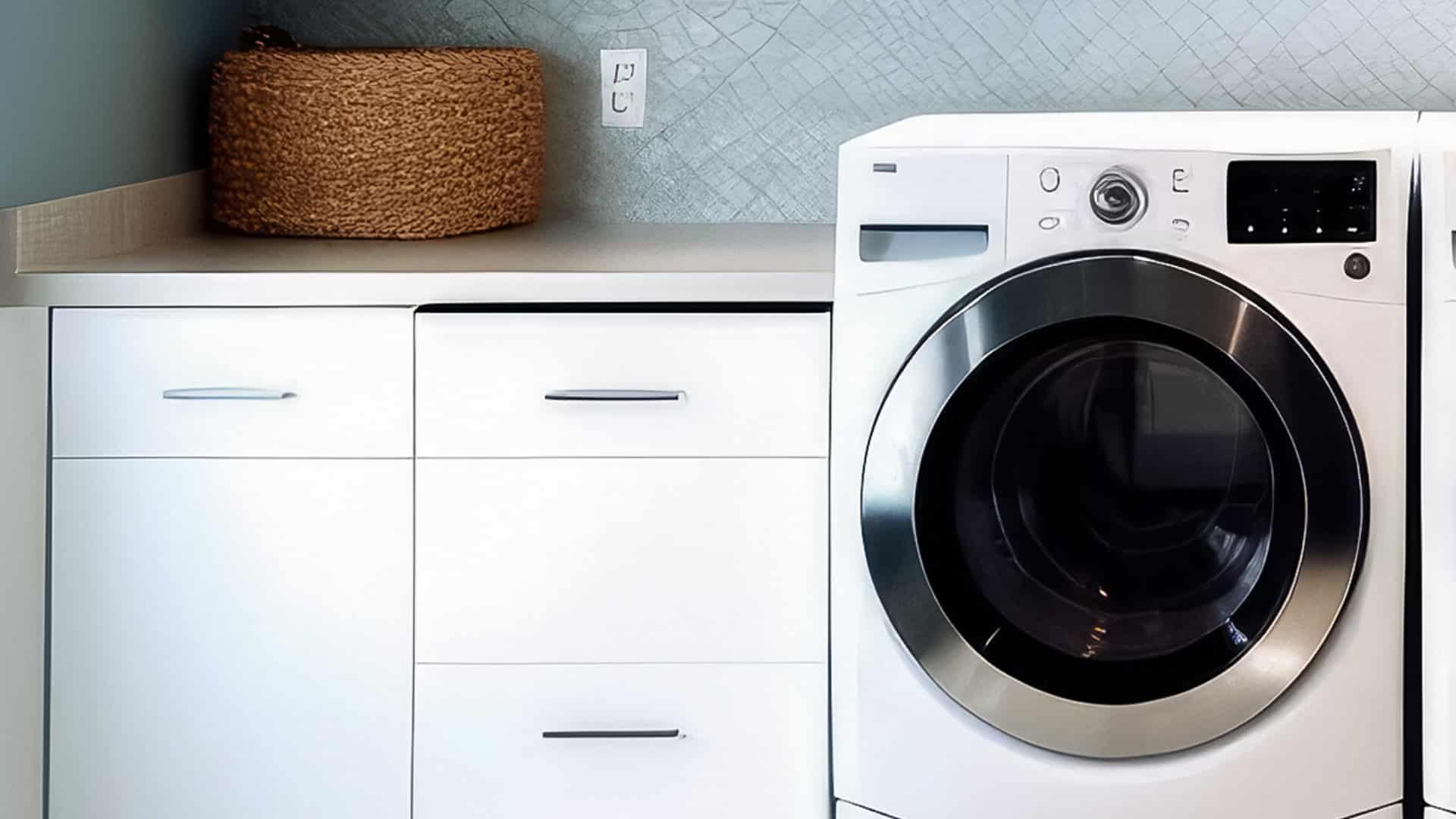
Fix Whirlpool Duet’s F20 Error Code
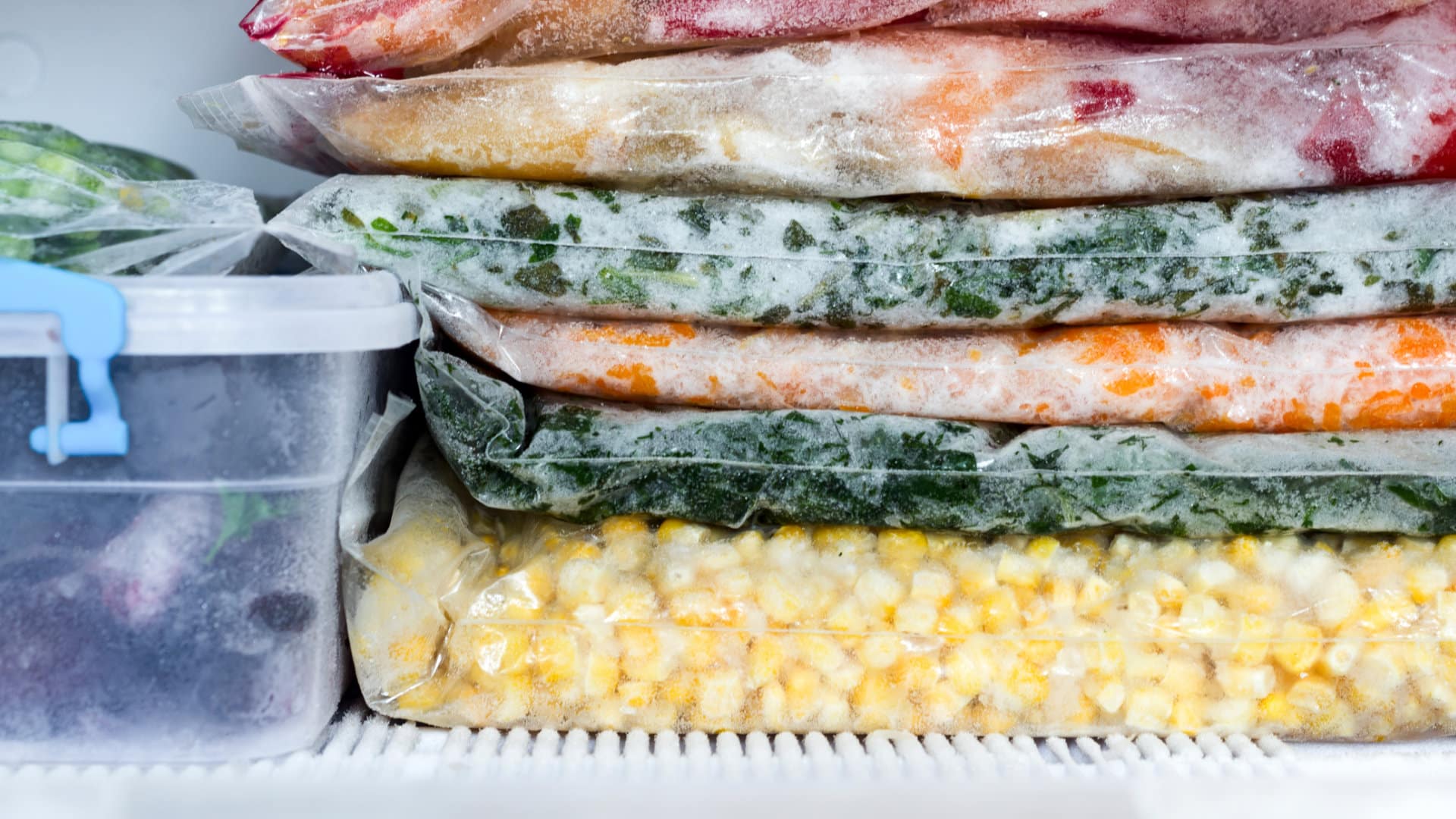
Freezer Working But Not Fridge? 5 Fixes

Speed Queen Washer Error Codes Explained
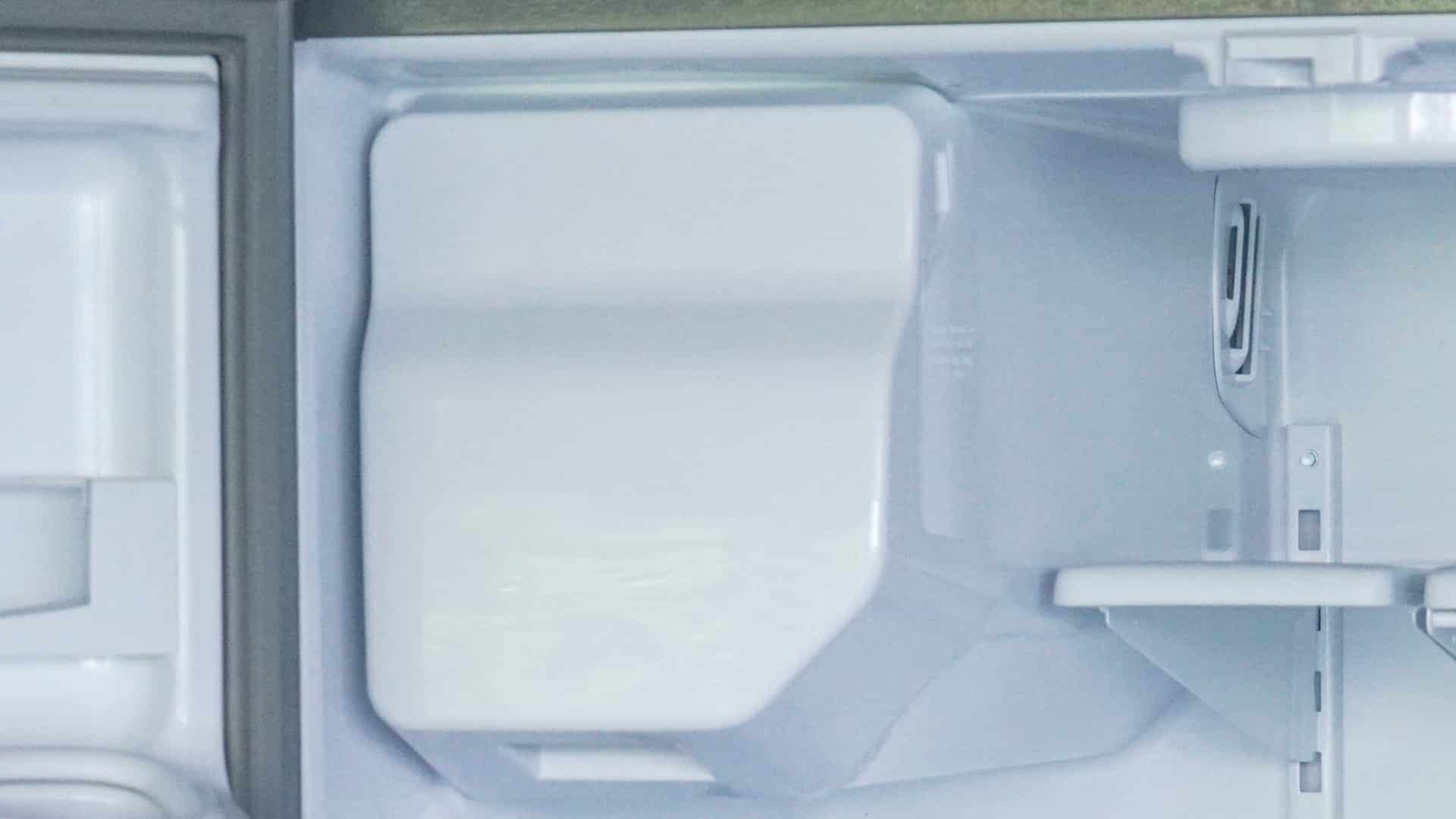
7 Reasons Why Your KitchenAid Ice Maker Isn’t Working

LG Oven F9 Error: Here’s How to Fix It
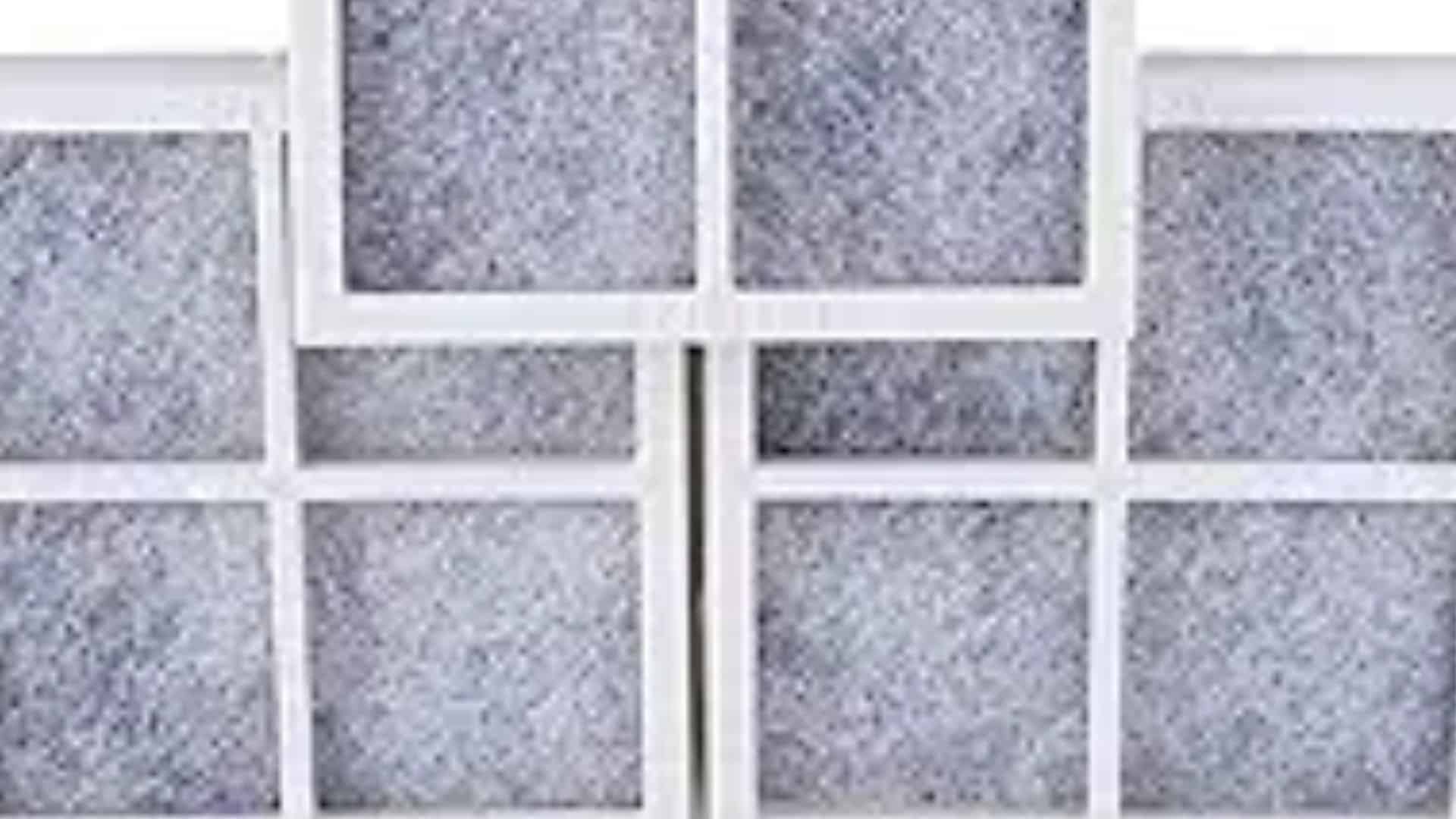
How to Replace an LG Refrigerator Air Filter

What Do Dryer Sheets Do?

How to Cook Corn on the Cob in the Microwave
